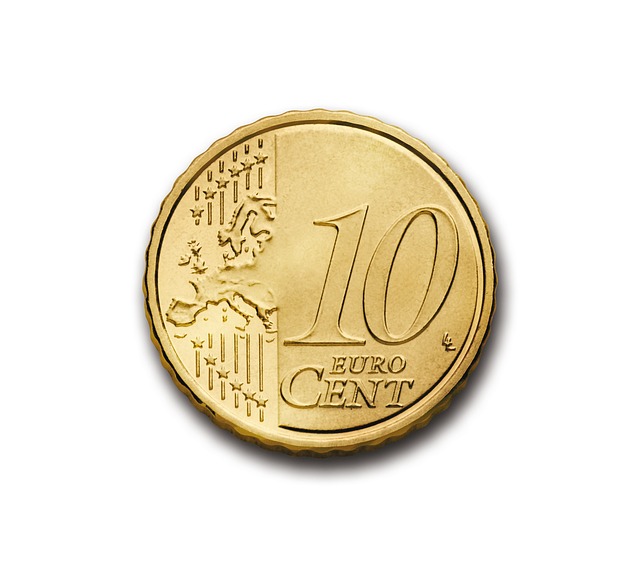Introduction:
The stablecoin market has experienced significant growth in recent years, with the launch of various digital currencies designed to maintain a fixed value relative to a traditional currency. One crucial component that has gained attention in this space is tether (USDT), a popular stablecoin issued by the company Tether Limited. In this article, we will delve into the world of tether and its impact on stablecoin markets.
Tether’s rise to prominence began in 2014 when it was first introduced as a digital equivalent of the US dollar. The company behind tether claims that its token is backed by a reserve of traditional currencies, including USD, which are held in bank accounts around the world. This supposedly ensures that tether maintains a stable value relative to the US dollar.
Key points include:
– Tether’s initial launch in 2014 as a digital equivalent of the US dollar.
– The company claims its token is backed by a reserve of traditional currencies, including USD.
– The stability and security of tether are often cited as key factors in its popularity among investors.
Stability and Security Concerns
Tether has faced several controversies over the years, with some critics questioning the validity of its claimed reserves. In 2020, it was reported that tether had lost a significant portion of its USD backing due to a combination of factors including market volatility and regulatory issues.
Despite these challenges, tether remains one of the most widely held stablecoins in circulation. Its stability and security are often cited as key factors in its popularity among investors.
The Impact on Stablecoin Markets
Tether’s influence on the stablecoin market cannot be overstated. As one of the earliest and most established players in this space, it has set a precedent for other issuers to follow. The popularity of tether has led to an increase in demand for other stablecoins, with many new entrants launching their own tokens in an attempt to capitalize on the trend.
The proliferation of stablecoins has brought both opportunities and challenges to the market. On the one hand, it has expanded access to financial services for underserved populations. On the other hand, it has also created concerns around regulatory compliance and market stability.
Regulatory Environment
The regulatory environment surrounding stablecoins is still evolving. In 2020, the US Commodity Futures Trading Commission (CFTC) issued guidance on the classification of digital assets as commodities or securities. While this move was seen as a positive step by many in the industry, it also raised concerns about the potential for over-regulation.
The CFTC’s guidance has had a significant impact on the stablecoin market, with some issuers choosing to reclassify their tokens as securities rather than commodities. This shift has led to increased scrutiny from regulators and has made it more difficult for new entrants to launch their own tokens.
Conclusion:
Tether remains a dominant force in the stablecoin market, with its popularity endearing to investors around the world. However, its influence extends beyond the token itself, having set a precedent for other issuers to follow.
The proliferation of stablecoins has brought both opportunities and challenges to the market. While it has expanded access to financial services for underserved populations, it also raises concerns around regulatory compliance and market stability.
As the industry continues to evolve, one thing is clear: tether’s impact will be felt for years to come.
Tags:
stablecoins
tether
cryptocurrency



